Search Images
Browse Content (p. 1407)
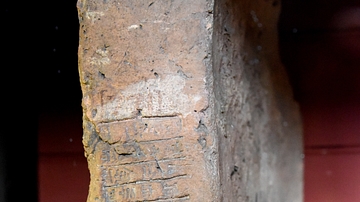
Image
Mud Brick Stamped with the Name of King Kurigalzu
This baked-mud brick was stamped with Akkadian cuneiform inscriptions. The text mentions the name of the Kassite king Kurigalzu and records the building of a temple to Bel. From Dur-Kurigalzu (modern-day Aqar-Quf, western Baghdad), Mesopotamia...
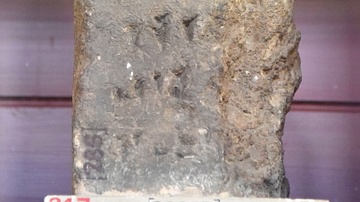
Image
Brick Inscribed with the Name of Shalmaneser III
This cuneiform inscription on this fragment of a large brick mentions the name of the Neo-Assyrian king Shalmaneser III, reigned 858-824 BCE, and the construction of a temple at the city of Nimrud (ancient Kalhu; Biblical Calah). From Nimrud...
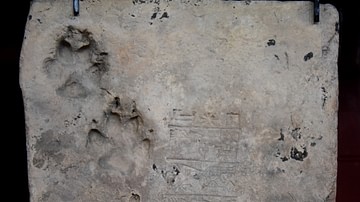
Image
Mud-Brick With a Dog's Paw Print from Ur
Mud brick stamped with the name and titles of the Neo-Sumerian king Ur-Nammu (r. 2047-2030 BCE, short chronology) from the ziggurat of Ur, southern Mesopotamia, Iraq. Note the dog's paw print; this "footprint" might well have been "stamped"...
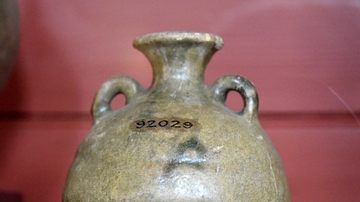
Image
Glazed Pottery Bottle from Babylon
The bottle is completely intact and has a rough glaze. From Babylon, Mesopotamia, Iraq. Neo-Babylonian period, 626-539 BCE. (The British Museum, London)
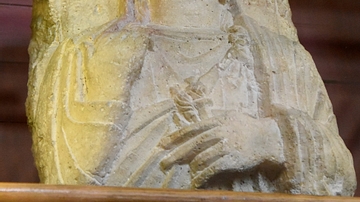
Image
Bust of a Woman from Palmyra
The Aramaic inscription on this limestone bust of a woman reads "Attai daughter of El'a". The woman wears a Greek chiton, From a funerary relief at Palmyra, modern-day Homs Governorate, Syria. Circa 50-150 CE. (The British Museum, London)
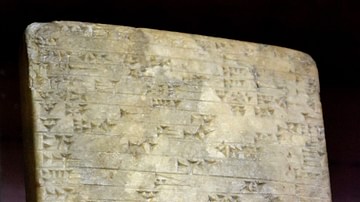
Image
Stela of Shalmaneser I
Stone stela of the Assyrian king Shalmaneser I, reigned 1273-1244 BCE. The Akkadian inscription mentions how the king rebuilt one of the gateways at the city of Ashur. From Ashur, northern Mesopotamia, Iraq. Middle-Assyrian period. (The British...
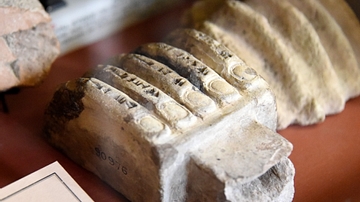
Image
Inscribed Assyrian Corbel
The shank of this corbel is lost. Otherwise, this hand-like corbel was very exceptionally well made; the fingernails were individually well-demarcated. The cuneiform inscriptions mention the name of the Assyrian king Ashurnasirpal II, reigned...

Image
Macehead with the Name of Anum-mutabil
This oval stone mace-head was inscribed with the name of Anum-mutabil (formerly read as Ilum-muttabbil), governor of the Babylonian city Dur-ilu. The cuneiform inscription reads "Ilum-muttabbil, mighty man, favorite of god Istaran, beloved...

Image
The Sun-God Surya
A sculpture of the Hindu sun-god Surya. The god is in a typical pose holding lotus flowers. Karnataka or Andhra Pradesh, India, c. 1100-1150 CE. (Los Angeles County Museum of Art)
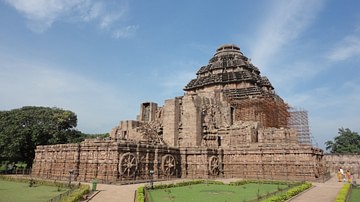
Image
Temple of Surya, Konarak
The temple of Surya at Konarak (aka Konarak Sun Temple), Orissa, North-east India. It was dedicated to the Hindu sun-god Surya and has 12 pairs of wheels on its sides to imitate the god's chariot which he rides across the sky each day. Built...